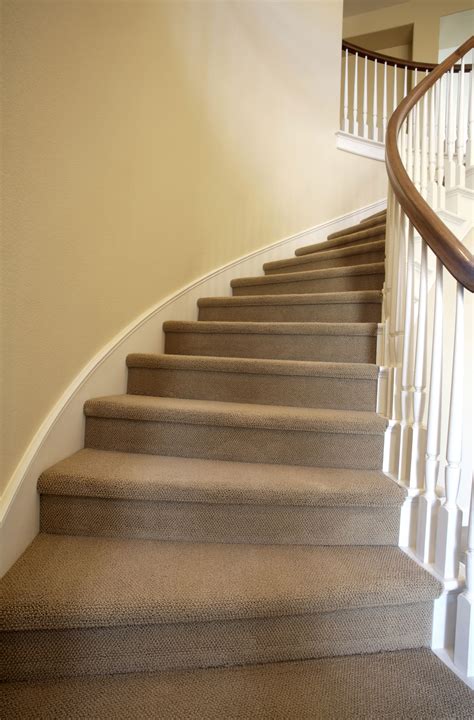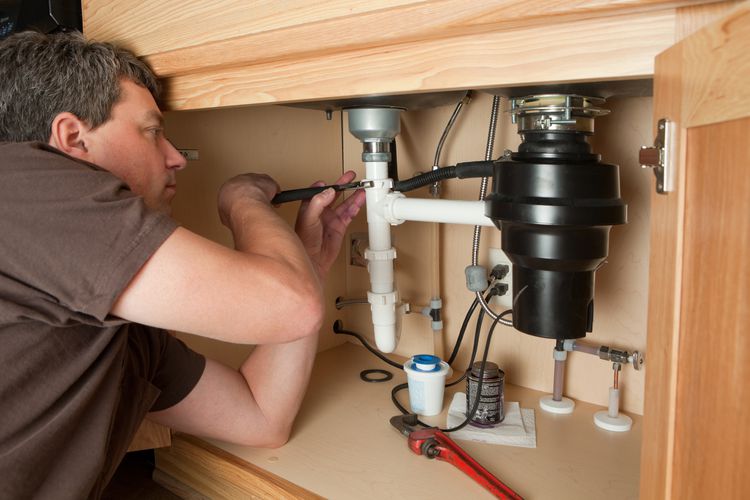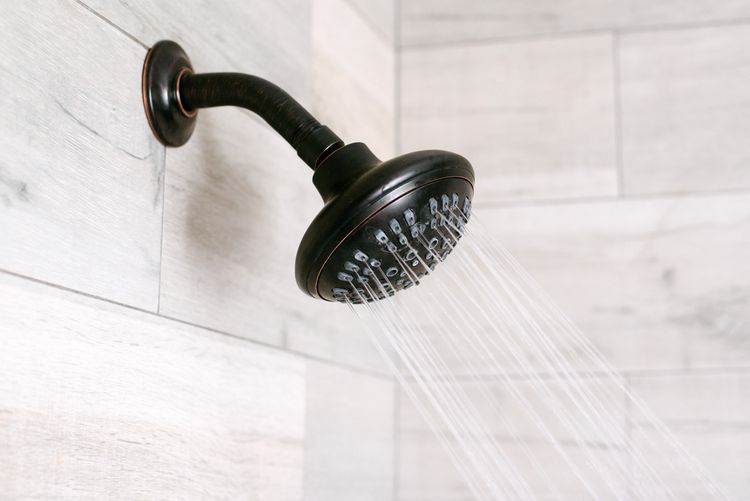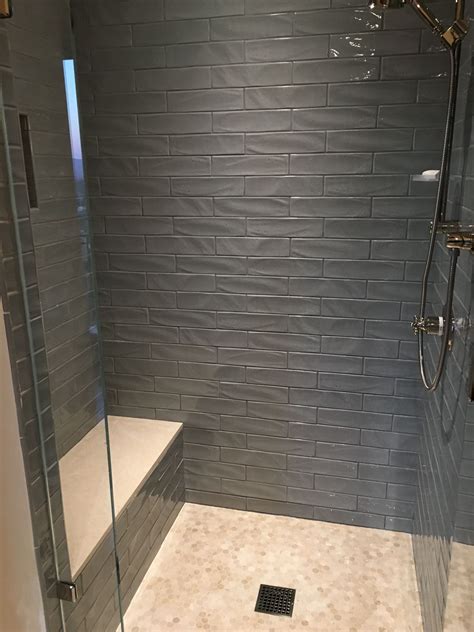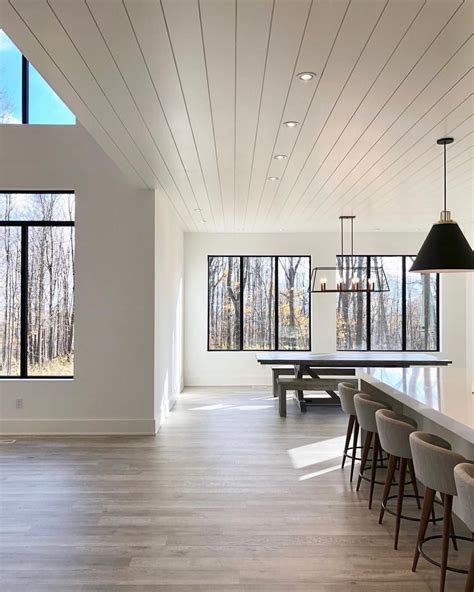With more than 20 years of practical experience in renovating, repairing, and enhancing residences, Lee has been offering home improvement guidance for many years.
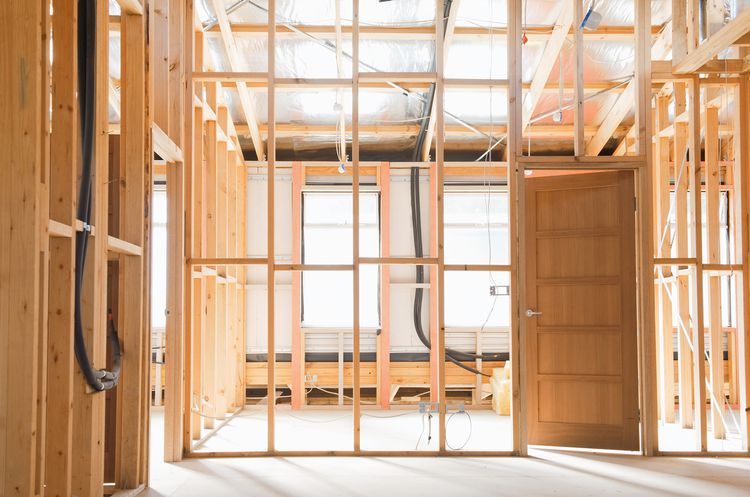
A sister stud is an additional stud placed next to an existing one. Its primary purpose is to strengthen a stud that has been compromised due to damage or warping, which affects its ability to support weight.
Sistering can be employed to strengthen intact floor joists or rafters. For instance, additional joists may be added to enhance the floor’s load-bearing ability, allowing it to support greater weight, such as when placing a sizable whirlpool tub.
Non-Structural vs. Structural Studs
The technique of sistering differs based on whether the wall is structural or non-structural. Structural walls are designed to bear the load of the roof or upper floors, while non-structural walls are typically interior partitions that do not support any overhead weight.
Non-Load-Bearing
In the case of non-load-bearing partition walls, a sister can be easily added by attaching a piece of framing lumber next to the compromised section of the existing stud using screws, bolts, or nails. This acts as a supportive brace, strengthening the weakened area of the stud.
For non-load bearing studs, the sister stud does not have to extend the full length. It is recommended that the sister stud, or partial stud, be secured to the existing stud at intervals of at least 8 to 10 inches.
Load-Bearing
Most building codes prohibit sistering with a partial stud for load-bearing walls. Instead, a damaged stud should be reinforced with a new full stud that runs from the bottom plate, or sole plate, to the top plate of the wall.
The sister stud needs to be securely attached to both plates and the compromised stud. In a load-bearing wall, the sister stud serves to substitute the faulty stud by supporting the full weight from the ceiling to the floor. It also takes on a portion of the structural support that the damaged stud still provides.
It also helps you steer clear of the rather cumbersome task of removing old studs. These old studs may be secured to the siding with numerous nails or screws, and they are also fastened at both the top and bottom.
Suggestions for Strengthening a Wall Stud through Sistering
Trim the sister board to the appropriate length.
In non-structural walls, the replacement material doesn’t need to match the length of the damaged part, but it should extend significantly beyond it on both sides. Ideally, the extension should be approximately 1 to 2 feet above and below the affected area.
Sister on One Side Only
You only need to add a sister to one side of the stud; there’s no need to do both. Although you can opt to use a second two-by-four if you prefer, the extra structural support it provides is minimal.
Support the stud while hammering.
Attaching nails to a compromised two-by-four stud can be challenging, as the stud lacks a stable surface for nailing. When you strike the nail, the stud may shake or give way.
Balancing a substantial object like a sledgehammer head or an anvil on the opposite side can assist in stabilizing the motion while you drive in the sister stud.
Evaluate the Study for Substitution
Ensure that the compromised stud has sufficient intact material for the attachment of the new stud. If the existing stud lacks structural integrity or has been compromised by decay or pests, it is advisable to fully remove it and substitute it with one or more new studs.
Reinstall the fire barrier.
If there is horizontal fire-blocking in the stud cavity of the wall, it needs to be taken out to accommodate a full-length sister stud.
The new fire block needs to be trimmed to size and reattached once the sister stud is installed. Because the width of the stud bay has been altered, the subsequent fire block will be 1-1/2 inches shorter than the one before. Rather than modifying the existing block, utilize a new two-by-four to create the replacement fire block.
Insulation Replacement
The exterior wall studs that have been reinforced with sistering are surrounded by insulation. To proceed, you will need to remove the staples that are securing the existing insulation to the wall studs, gently take out the insulation, and set it aside.
If the insulation is still in good condition, it can be reused. To make space for the sister stud, trim 1-1/2 inches off the edge of the insulation, ensuring that the paper facing remains undamaged.
Seek Out Bigger Issues
Although it can occur, it is uncommon for damaged wall studs to be the sole issue. Ensure that the need for this sistering work is not a result of a more significant underlying problem.
Significant issues like foundation settling, water infiltration, dry rot, and pest damage could be the root causes, and these problems must be addressed prior to any repairs to the wall structure.

